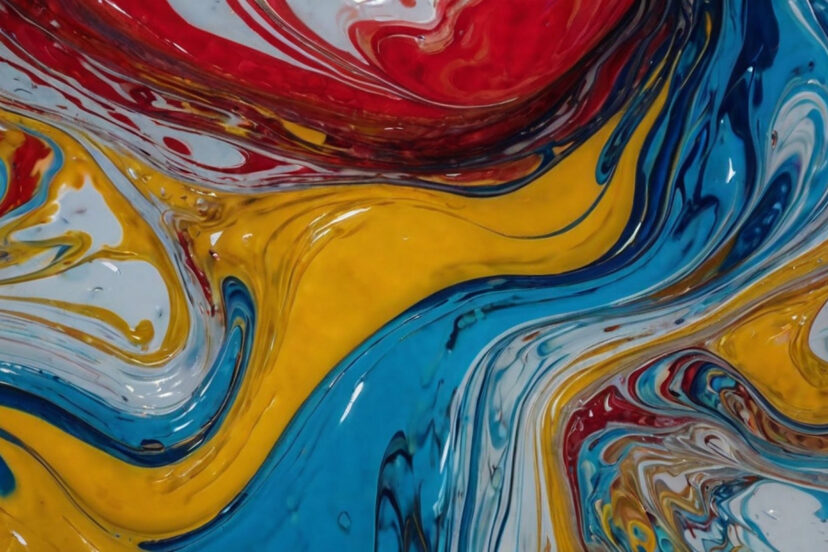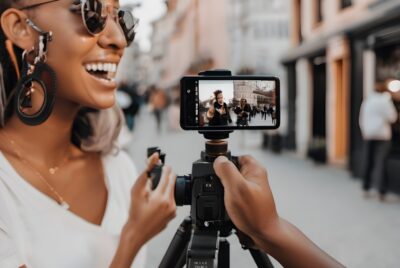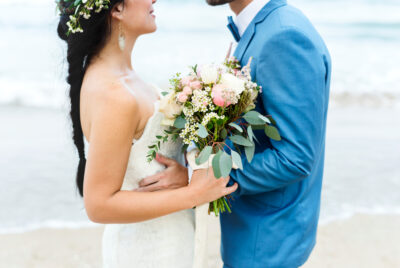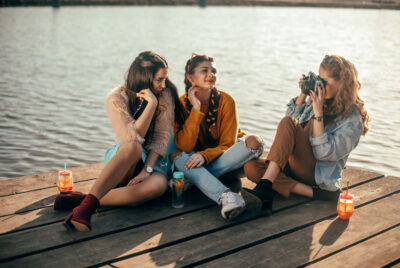Abstract Photography: Seeing the Unseen
Have you ever looked at a photograph and felt something, even if you couldn’t quite explain what it was? That’s the magic of abstract photography. It’s not about capturing reality; it’s about evoking emotion, stirring curiosity, and inviting viewers to see the world through a different lens.
What is Abstract Photography?
Breaking Free from Reality
Abstract photography breaks the traditional rules. Instead of depicting clear subjects, it focuses on elements like color, shape, and texture to create images that may not represent anything specific but still resonate emotionally.
The Power of Perception
This genre challenges viewers to interpret images in their own way. By removing context, abstract photos encourage personal connections and interpretations, making each viewing experience unique.
>> Essential gear for abstract photography HERE <<
Why Embrace Abstract Photography?
Unleashing Creativity
Abstract photography offers a playground for creativity. Without the constraints of representing reality, you’re free to experiment and express yourself in new ways.
Emotional Expression
It’s a powerful medium for conveying emotions. Through abstract imagery, you can communicate feelings that might be difficult to express with words or traditional photography.
Essential Techniques in Abstract Photography
Focus on Shapes and Patterns
Look for repeating patterns or interesting shapes in your environment. These elements can create compelling compositions that draw the viewer’s eye.
Play with Light and Shadow
Light can transform ordinary scenes into extraordinary images. Experiment with shadows, reflections, and different lighting conditions to add depth and intrigue.
Experiment with Motion Blur
Using slower shutter speeds to capture movement can result in beautiful, abstract effects. This technique adds a sense of motion and energy to your photos.
Utilize Color and Texture
Bold colors and varied textures can make your images pop. Pay attention to how different surfaces and hues interact within your frame.
Tools and Equipment
Camera Settings
Manual mode gives you full control over exposure, allowing you to experiment with different effects. Adjust shutter speed, aperture, and ISO to achieve your desired look.
Lenses and Accessories
Macro lenses are great for capturing fine details, while wide-angle lenses can exaggerate perspectives. Don’t shy away from using filters or even unconventional tools to create unique effects.
Finding Inspiration
Everyday Objects
Sometimes, the most mundane items can become fascinating subjects when viewed up close or from a different angle. Look around your home for inspiration.
Nature’s Abstracts
Nature offers endless opportunities for abstract photography. Leaves, water patterns, and rock formations can all provide interesting textures and shapes.
Urban Landscapes
Cityscapes are full of lines, patterns, and colors. Explore architectural details, street art, and urban decay for compelling abstract subjects.
>> Essential gear for abstract photography HERE <<
Post-Processing Tips
Enhancing Colors and Contrast
Editing software can help you emphasize certain elements in your photo. Adjusting contrast and saturation can make your abstract images more striking.
Cropping for Impact
Don’t be afraid to crop your images to focus on the most interesting parts. A well-cropped photo can enhance composition and eliminate distractions.
Common Challenges and How to Overcome Them
Avoiding Clichés
It’s easy to fall into the trap of overused techniques. Strive for originality by constantly seeking new perspectives and experimenting with different methods.
Maintaining Viewer Engagement
Without a clear subject, it’s important to create images that captivate. Use strong compositions, vibrant colors, and intriguing patterns to hold the viewer’s attention.
Conclusion
Abstract photography is an invitation to see the world differently. It’s about exploring beyond the obvious, embracing creativity, and expressing emotions through visual art. So grab your camera, let go of expectations, and start discovering the beauty in the abstract.
>> Essential gear for abstract photography HERE <<
FAQs
1. Do I need a professional camera for abstract photography?
Not necessarily. While a DSLR or mirrorless camera offers more control, even a smartphone can capture stunning abstract images with the right approach.
2. How do I start with abstract photography?
Begin by observing your surroundings. Look for patterns, textures, and colors that catch your eye, and experiment with different angles and compositions.
3. Can abstract photography be in black and white?
Absolutely. Black and white can emphasize shapes and contrasts, adding a timeless quality to your abstract images.
4. Is post-processing necessary?
While not mandatory, editing can enhance your abstract photos by adjusting elements like contrast, color balance, and cropping to better convey your vision.
5. Where can I find inspiration for abstract photography?
Inspiration is everywhere—from the natural world to urban environments. Art galleries, photography books, and online platforms can also spark ideas.
Further reading
Check out our other relevant articles:
Contrasting Photography: Unleashing the Power of Visual Depth
Here are two insightful resources that delve deeper into abstract photography, offering valuable guidance and inspiration:
1. 35 Abstract Photography Tips and Ideas – Photography Life
This comprehensive guide provides a wealth of tips and ideas for creating compelling abstract photographs. It emphasizes looking beyond traditional subjects to focus on shapes, patterns, colors, and textures. The article also discusses various techniques such as macro photography, long exposures, and defocusing to achieve abstract effects. Additionally, it offers advice on post-processing and encourages experimentation to develop a unique abstract style.
2. Abstract Photography Tips: How to Take Abstract Photos – MasterClass
MasterClass offers a succinct yet informative overview of abstract photography, highlighting its emphasis on form, color, and emotion over representational accuracy. The guide discusses how to use composition, perspective, and lighting to create abstract images that challenge viewers’ perceptions. It serves as an excellent starting point for photographers looking to explore the abstract genre and develop their creative vision.
These resources complement the concepts discussed in the article, providing additional perspectives and examples to enhance your understanding and application of abstract photography.
.




